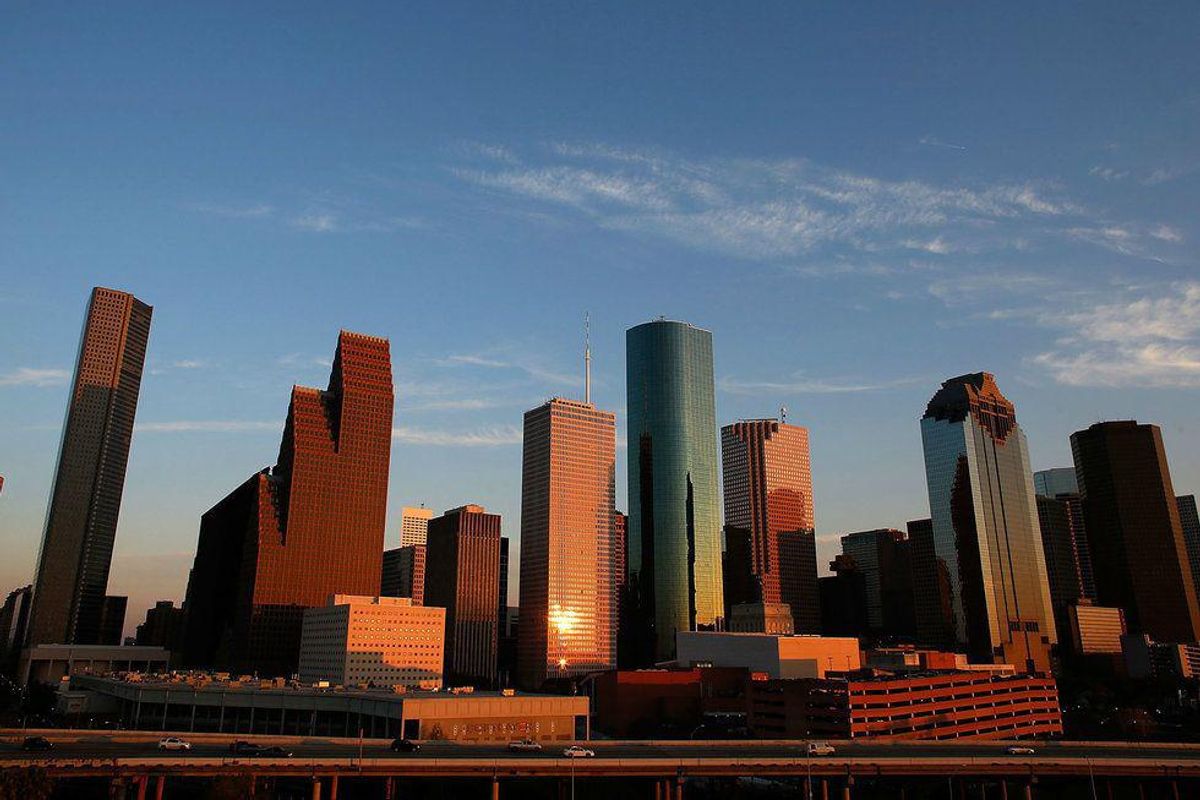Houston's 11 best places to work and more innovation news to know
Trending Topics
Editor's note: It's time to look back at the top business and innovation news for the first half of June 2025. Get the details on InnovationMap's most-read stories from June 1-13 below.
1. 11 Houston companies named best places to work by U.S. News

Chevron is one of the best places to work. Courtesy photo
Nearly a dozen public and private Houston-based companies have been hailed among the best places to work in 2025 by U.S. News and World Report.
The annual report examines thousands of companies around the world to determine the best employers based on six metrics including work-life balance and flexibility; quality of pay and benefits; job and company stability; career opportunities and professional development; and more. U.S. News included seven publicly-traded companies and four privately owned companies in Houston on the lists. Continue reading.
2. 2 Houston suburbs named among 10 best places to live by U.S. News & World Report

Pearland is the No. 2 best place to live in the U.S. Photo via pearlandedc.com
The Houston suburbs of Pearland and League City have landed among the top 10 best places to live in 2025, according to U.S. News & World Report.
Pearland ranked No. 3 nationwide, earning a 7.0 score alongside No. 1-winning Johns Creek, Georgia and No. 2 winner Carmel, Indiana. Pearland also landed on top of U.S. News separate rankings of the best places to live in Texas for 2025-2026. Continue reading.
3. Texas Space Commission doles out $5.8 million to Houston companies

Axiom Space and FluxWorks are the latest Houston-area companies to receive funding from the Texas Space Commission. Photo via Getty Images.
Two Houston-area companies have landed more than $5.8 million in funding from the Texas Space Commission. The commission granted up to $5.5 million to Houston-based Axiom Space and up to $347,196 to Conroe-based FluxWorks.
Axiom Space, a commercial spaceflight company, said the new funding will go toward the development of its orbital data center capabilities. Continue reading.
4. 3 Houston startups named most innovative in Texas by LexisNexis

Sage Geosystems is the No. 3 most innovative startup in Texas. Photo via sagegeosystems.com
Three Houston companies claimed spots on LexisNexis's 10 Most Innovative Startups in Texas report, with two working in the geothermal energy space.
Sage Geosystems claimed the No. 3 spot on the list, and Fervo Energy followed closely behind at No. 5. Fintech unicorn HighRadius rounded out the list of Houston companies at No. 8. Continue reading.
5. 9 can't-miss Houston business and innovation events for June

Don't miss these June events—from lightning pitches to a female-focused AI summit. Photo by Scott Halleran/Getty Images
From lightning pitches to a female-focused AI summit and energy conferences, there's still plenty to do as Houston settles into the summer. Here are the Houston business and innovation events you can't miss in June and how to register. Continue reading.
